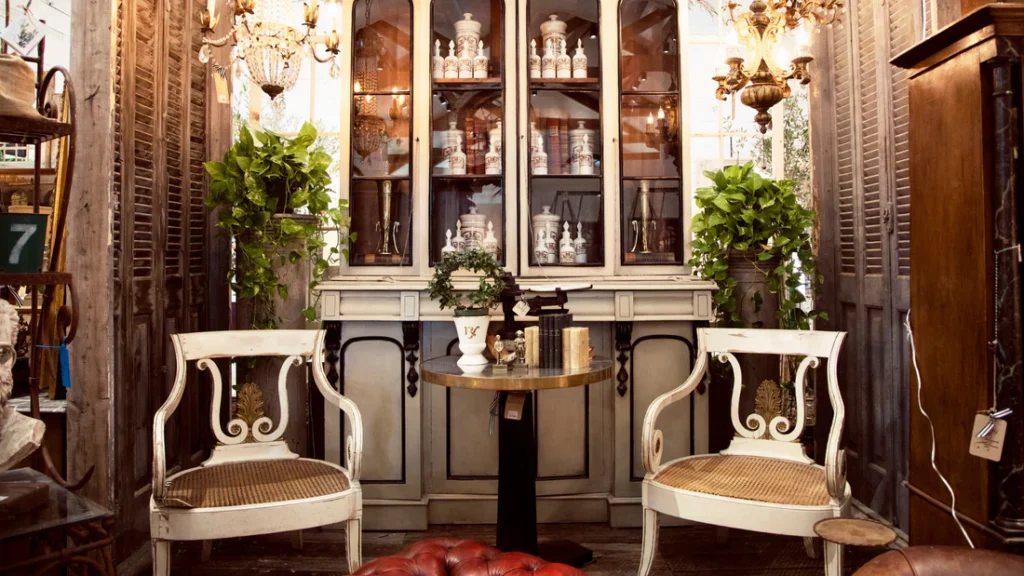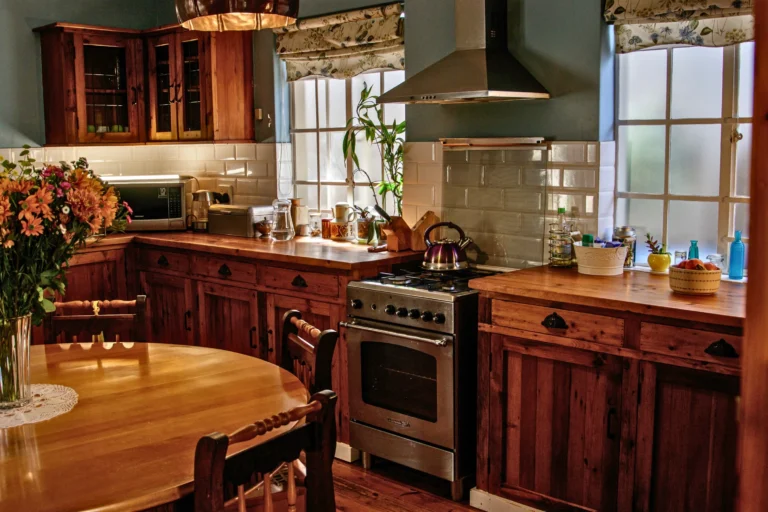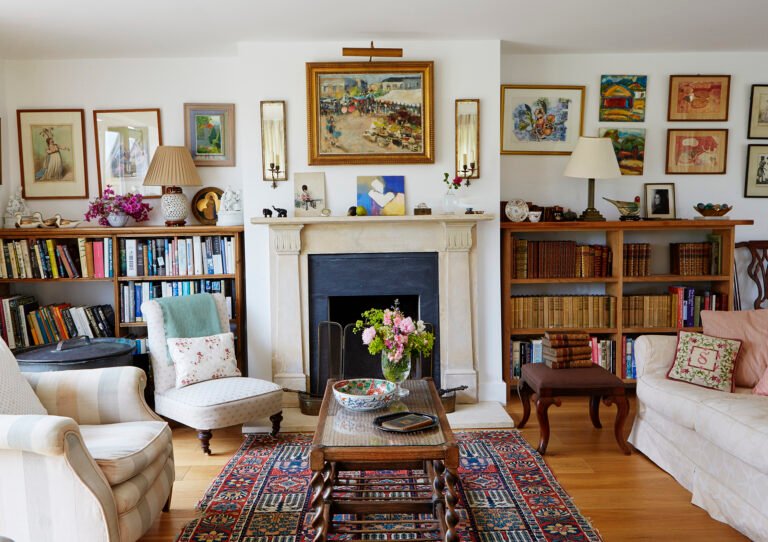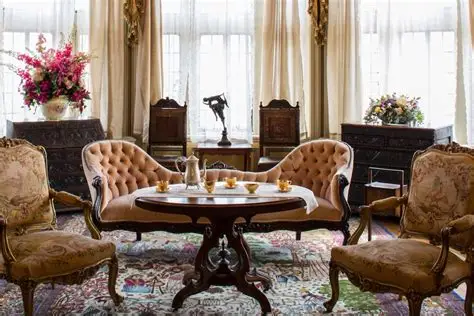
Authentic antiques reflect cultural heritage beautifully.
In a world driven by trends and fast production, authentic antiques reflect cultural heritage beautifully. These timeless objects carry the essence of past eras—telling stories of craftsmanship, tradition, and identity. From handcrafted furniture to delicate ceramics, antiques embody the values, beliefs, and artistry of their time. By collecting and preserving these items, we gain more than décor; we gain a deeper understanding of our roots and shared human experience.

Preserving the Art of the Past
Antiques are more than just old objects; they are artistic expressions of the past. Each item, whether a carved wooden table or a vintage tapestry, showcases techniques that have often vanished from modern production. When you acquire an antique, you preserve not just an object but also the skills and styles that defined a particular era. These items serve as tangible reminders of artistic evolution and craftsmanship that stood the test of time.
Telling Stories Across Generations
Every antique carries a story—sometimes written, but often felt through the details. A hand-painted vase from China, a Victorian-era desk, or a tribal African mask speaks volumes about the people who created and used them. These stories pass silently from one generation to the next, offering a direct connection to history. As such, authentic antiques do more than decorate—they educate. They allow us to hold history in our hands and ensure it lives on.
A Window into Cultural Identity
Authentic antiques reflect cultural heritage beautifully because they were created during a time when art and utility merged naturally. A Japanese tansu chest or an Italian Baroque mirror reflects the design principles and cultural values of its region. These items help us explore how different cultures viewed beauty, functionality, and spirituality. Through antiques, we gain access to the mindset of people from other times and places, enriching our global understanding.
Enhancing Spaces with Meaning
Modern interiors often lack the depth and character that antiques instantly provide. While new furniture may offer convenience, it rarely carries the emotional or historical weight of a true antique. Incorporating these pieces into your home adds a sense of story, age, and richness. Whether you display an antique clock or a Persian rug, each piece becomes a meaningful part of your surroundings—bridging the past with the present in a visually striking way.
Supporting Sustainable and Ethical Choices
Choosing antiques over new products also supports sustainability. Instead of consuming new resources, you extend the life of an existing item—often crafted with superior materials and care. This practice reduces waste and honors the principle of reuse. Moreover, authentic antiques are often made by artisans who were fairly compensated in their time, unlike some modern manufacturing practices. Thus, collecting antiques becomes both a responsible and ethical lifestyle choice.
Inspiring Future Generations
When you collect and care for authentic antiques, you don’t just preserve them—you pass on their legacy. These objects can inspire younger generations to appreciate heritage, value craftsmanship, and seek meaning beyond trends. By sharing their stories, you foster respect for different cultures and histories. In this way, antiques become more than relics; they become bridges between generations, connecting us through shared appreciation and timeless beauty.







